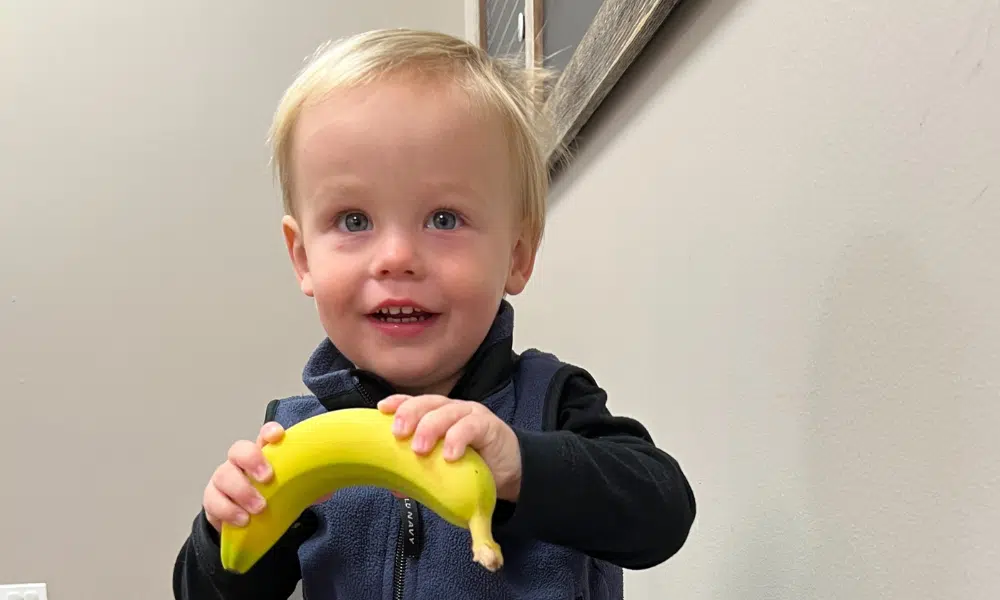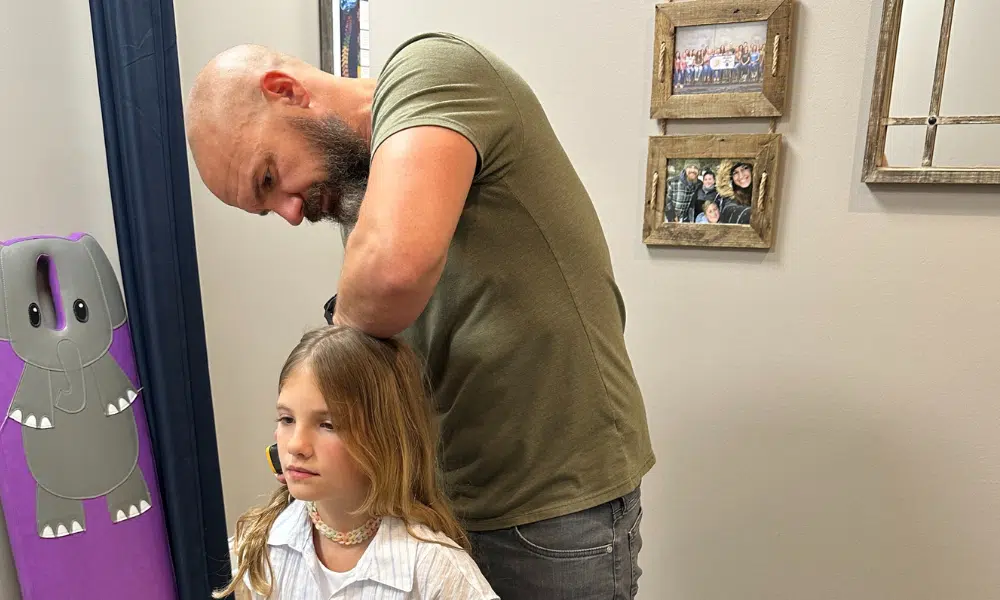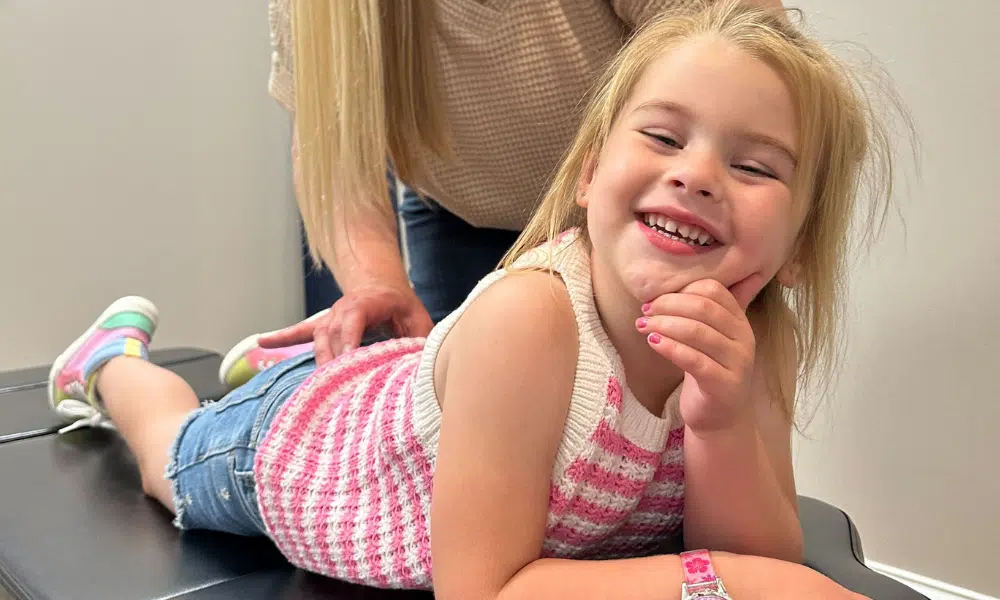As a parent, it’s natural to feel concerned and confused when your child experiences gross motor delays. You may have tried everything from countless physical therapy and occupational therapy sessions to diligently following through with home exercises, only to see little to no progress. If your child struggles to sit up, crawl, or walk despite months of traditional therapy, fatigues easily, slouches constantly, and avoids physical activities altogether, you’re not alone. Many parents find themselves in the same situation, wondering why their child’s gross motor development seems to have plateaued.
But what if we told you that the root cause of your child’s challenges might be something that’s often overlooked by traditional pediatric therapies? The real issue behind gross motor delays in kids goes way beyond low muscle tone and a weak core.
The Importance of Gross Motor Skills
Gross motor skills are crucial for a child’s overall development and daily activities. These skills involve movements that require the entire body, primarily utilizing the large muscle groups like the arms, legs, and core. However, there’s a set of nerves and muscles that are often left out of the conversation when discussing gross motor skills and development: those of the neck and neurospinal system.
Gross motor development follows a predictable sequence, starting with head and neck control for latching and nursing. As your child grows, they begin to develop trunk control through tummy time and learning to roll over. Next, they start activating their core muscles to sit up independently. From there, your child progresses to army crawling and regular crawling, which are essential for brain development. Finally, they learn to furniture cruise and take their first steps.
The Missing Piece: The Role of the Neurospinal System
While traditional therapies focus on strengthening muscles and improving coordination, they often overlook the critical role of the nervous system, particularly the neurospinal system, in gross motor function. If we want to get to the root cause of any neuromuscular or gross motor challenge, we must first address the “neuro” part. This is where Neurologicaly-Focused Chiropractic Care comes in, as it can access and improve Central Nervous System function in a way that PT and OT cannot.
Subluxation and sympathetic dominance, or increased tone, often set up shop in the neck and neurospinal system. These issues are most commonly caused by breech positioning or birth interventions like forceps, vacuum, induction, or c-section. The resulting hyper or high tone will remain stuck in those regions until adjusted and cleared out of the way. In other words, the original cause of “low tone” or a “weak core” is actually tension and subluxation in the neck and neurospinal system.
A Real-Life Example: Joseph’s Story
Let’s talk about Joseph, a 12-year-old boy who sought help with his daily challenges associated with autism, ataxia, and chronic constipation. What caught his doctor’s attention immediately were his significant gross motor delays and struggles.
Joseph’s mom shared, “He will always find a way to slouch, no matter what we do.” Joseph struggled to sit up straight, stand tall, and move around without exhaustion. His body was simultaneously “wound up and worn out,” leading him to seek additional movement stimulation through constant stimming and other behaviors. As a result, they had stopped all PT and OT and pretty much “given up” that his gross motor function and posture would ever get back to normal.
However, within the very first week of getting Neurologically-Focused Chiropractic Care, Joseph’s gross motor function and endurance took off like a rocket. He was asking to go to the gym, work out, hit the treadmill, and go to the park to play! Mom was ecstatic, and so was his doctor.
The Path Forward: Neurologically-Focused Chiropractic Care
If your child has been struggling with gross motor delays and you feel like you’ve tried everything without lasting results, it’s time to look deeper. Subluxation, excessive sympathetic tone, and the lasting effects of birth trauma could still be at play.
At a PX Doc office, we can help you find out how your child’s gross motor function is doing down to the very core by using Neurological INSiGHT Scans, especially the EMG. Once we have the results of these scans, our doctors can create a customized and fully tailored adjusting care plan made just for your child. This approach can help your little one finally get past that plateau or stuck point and get back on track with their gross motor development. Check out the PX Docs directory to find a PX Doc office near you.
Remember, you’re not alone in this journey. By addressing the root cause of your child’s gross motor delays through Neurologically-Focused Chiropractic Care, you can help them unlock their full potential and thrive. Don’t give up hope – there are solutions available that can make a significant difference in your child’s life and can help your child overcome their gross motor challenges and achieve the milestones they deserve.





